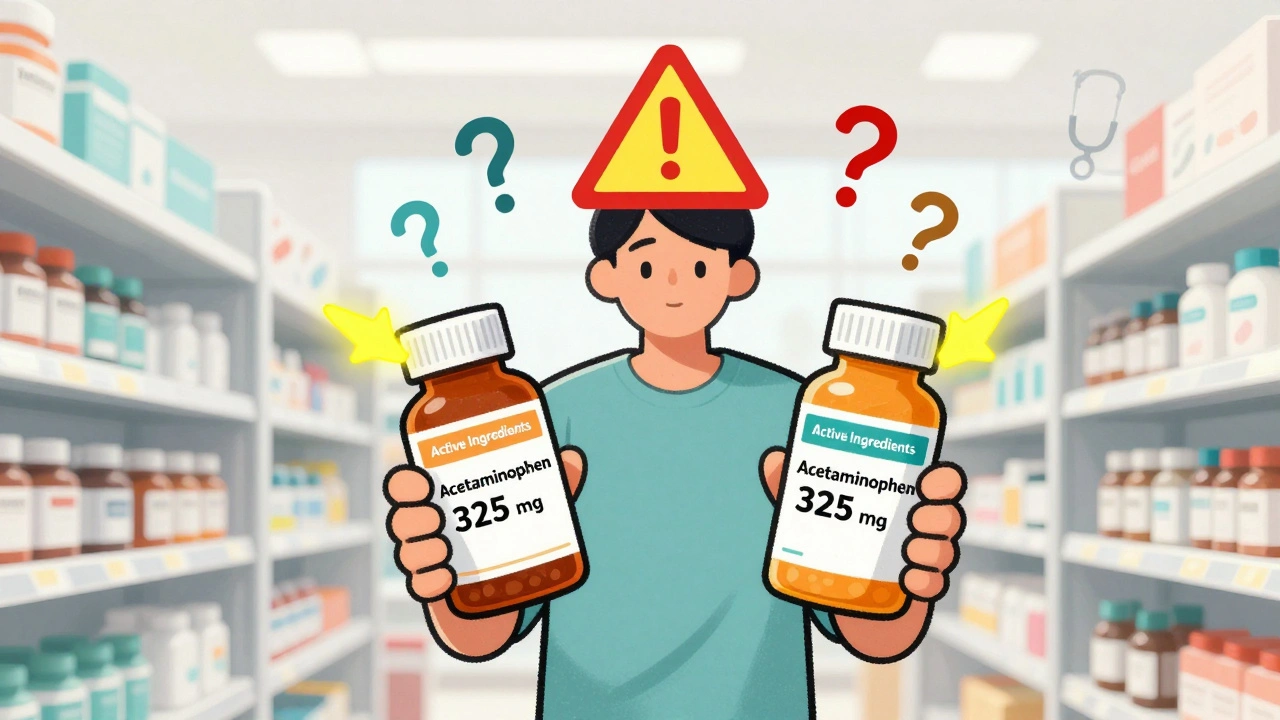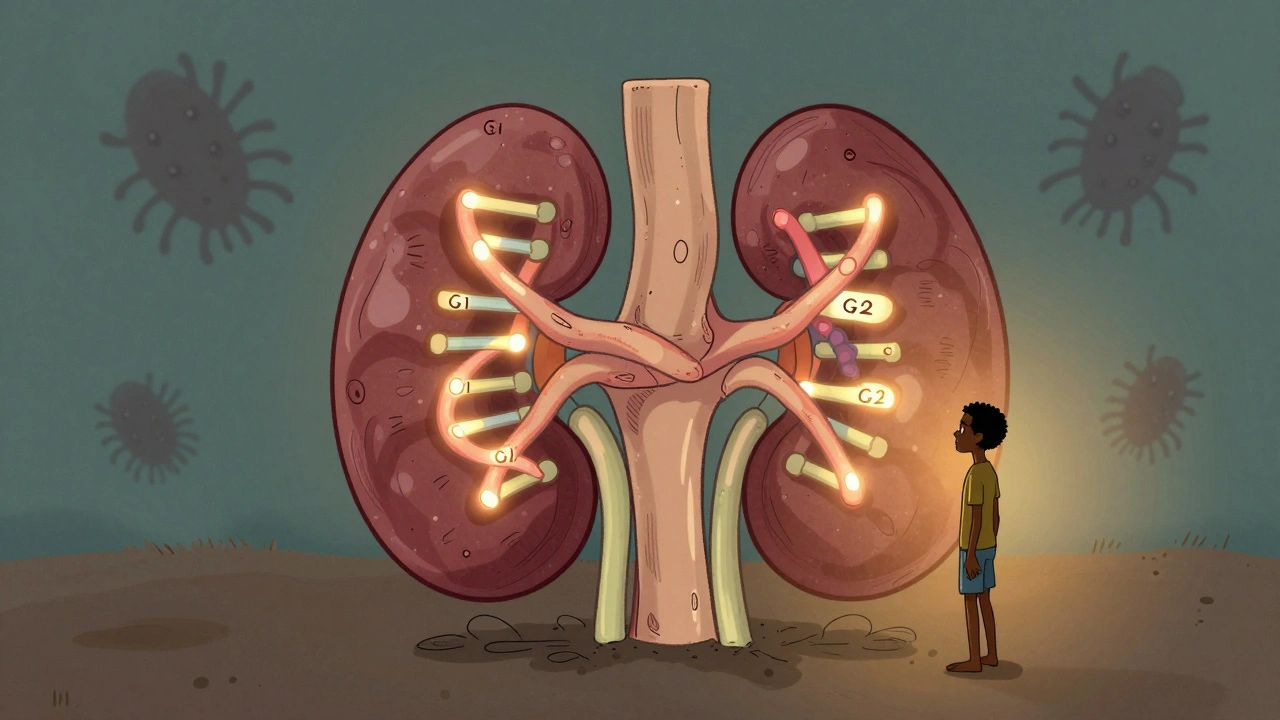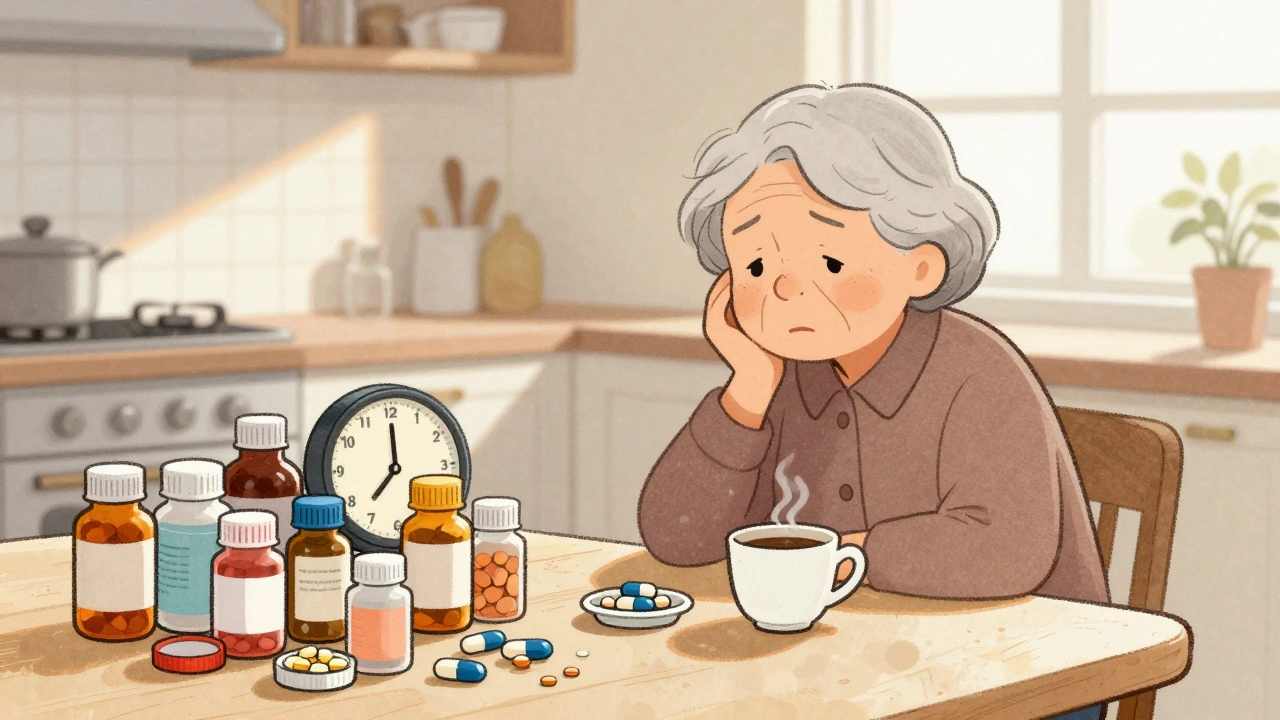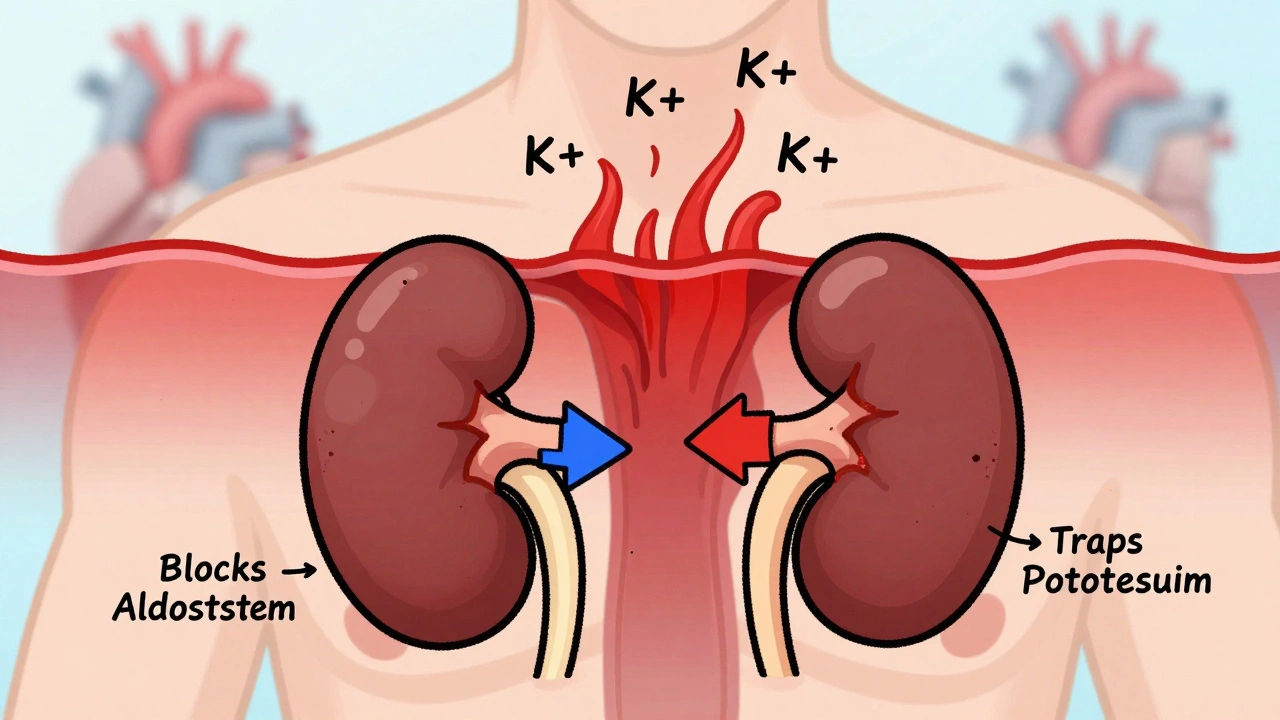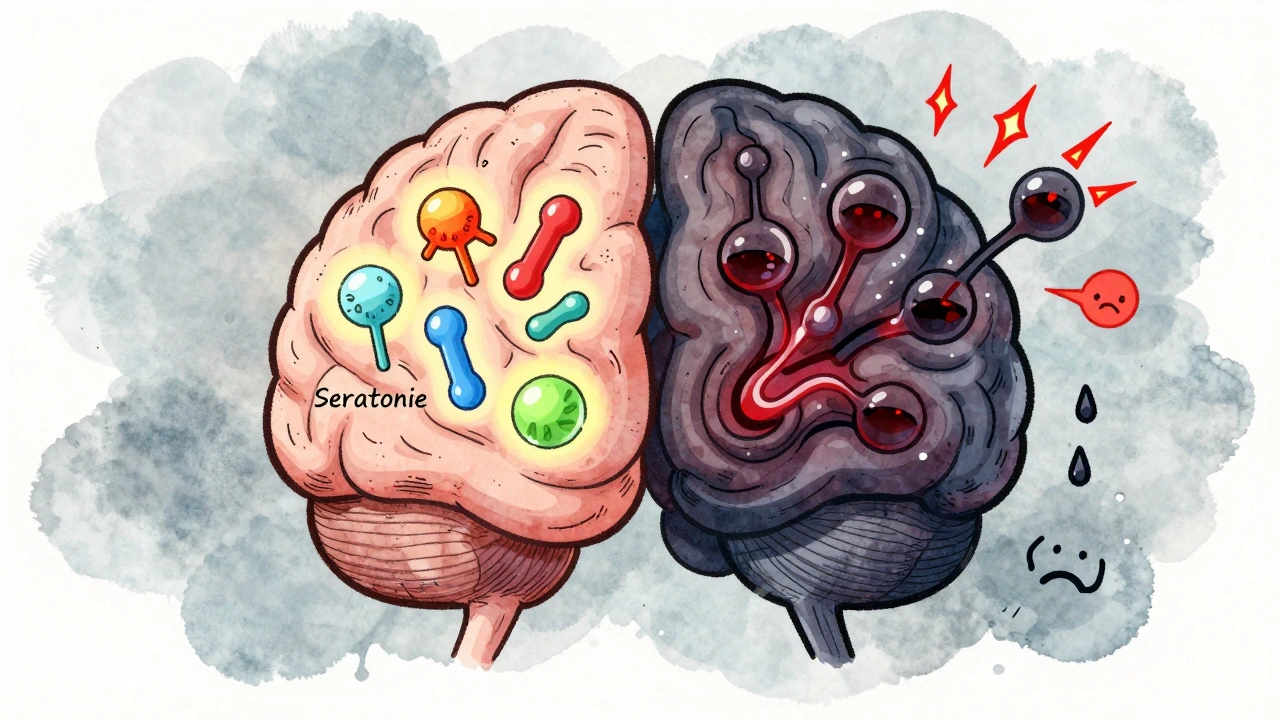Anaphylaxis: Causes, Triggers, and What to Do in an Emergency
When your body overreacts to something harmless—like peanuts, bee stings, or certain medicines—it can trigger a full-body emergency called anaphylaxis, a severe, life-threatening allergic reaction that affects multiple organ systems. Also known as anaphylactic shock, it doesn’t wait for permission—it hits fast, and without quick action, it can be fatal. This isn’t just a bad rash or a stuffy nose. Anaphylaxis slams your airways, drops your blood pressure, and can shut down your body in minutes.
Common triggers include foods like peanuts, tree nuts, shellfish, and eggs; insect stings from bees or wasps; and medications like penicillin or NSAIDs. Even latex and exercise in rare cases can set it off. The real danger? You might not know you’re allergic until it happens. One bite, one sting, one injection—and suddenly you’re struggling to breathe, your skin breaks out in hives, your throat swells, or your stomach cramps violently. These aren’t just symptoms—they’re warning signs that your body is going into survival mode, and time is running out.
That’s where epinephrine, the only medication that can reverse the deadly effects of anaphylaxis. Also known as adrenaline, it works by tightening blood vessels, opening airways, and stopping the body’s runaway immune response. Epinephrine isn’t optional. It’s the difference between life and death. If you or someone you know has had even a mild allergic reaction before, carrying an epinephrine auto-injector isn’t just smart—it’s essential. And knowing how to use it? That’s just as important. Many people delay using it because they think it’s "just a bad reaction" or they’re afraid of side effects. But waiting too long makes everything worse.
What about other treatments? Antihistamines like Benadryl? They help with itching or hives, but they won’t stop anaphylaxis. Steroids? They reduce inflammation later, but they don’t act fast enough. Only epinephrine works in the critical first minutes. That’s why every emergency plan for someone at risk includes two things: the auto-injector and a plan to call 911 immediately after using it. Even if you feel better after the shot, you still need to go to the hospital. The reaction can come back.
Understanding anaphylaxis isn’t about fear—it’s about preparedness. It’s knowing your triggers, carrying your epinephrine, teaching your family how to use it, and never ignoring the first signs. The posts below cover real stories, medical guidance, and practical steps—from how to read food labels to what to do if someone collapses with no injector nearby. You won’t find fluff here. Just what you need to stay safe, help others, and take control before it’s too late.

Anaphylaxis from Medication: Emergency Response Steps You Must Know
Anaphylaxis from medication is a life-threatening emergency that requires immediate action. Learn the critical steps: lay flat, give epinephrine right away, call emergency services, and never wait for a rash. This is how to save a life.

